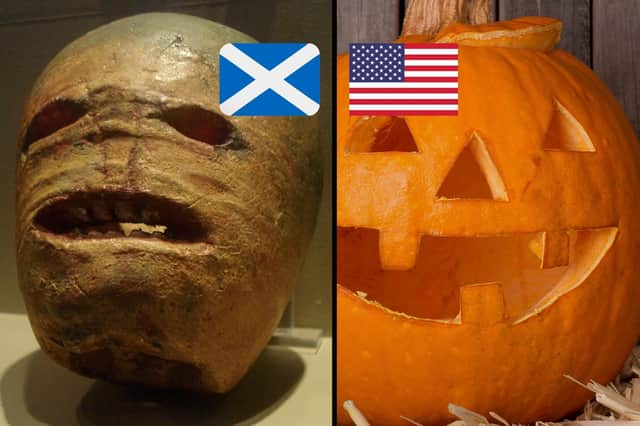While pumpkins are large, round, easy-to-carve and aesthetically pleasing with their bright orange colour, turnips are splotchy, unevenly coloured and rock-hard vegetables that are quite skull-like in their shape. Halloween in Scotland used to be about carving turnips but due to a heavy dose of U.S. culture here it is far more likely you will see pumpkins in your neighbourhood instead.
Regardless, much like how it said that a meal tastes better if you worked for it, a well-carved turnip feels more rewarding than your average pumpkin since it takes some heavy labour (be prepared to bend a spoon or two) but the creepy appearance afterwards is perfect for Halloween.
To see what we mean, here are ten pictures to show how turnips are creepier (and more traditional) than pumpkins.
To see what we mean, here are ten pictures to show how turnips are creepier (and more traditional) than pumpkins.
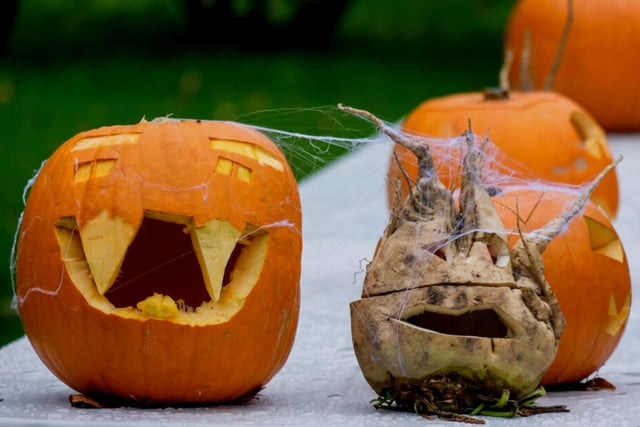
5. Rotting turnips
It is said that turnips will rot about 1 week after purchase but a pumpkin can last at least a month at room temperature, while this sounds like a disadvantage imagine the spooky face of a turnip while its features are drooping down from rotting - it's all part of the aesthetic! Photo: Cristian Ungureanu via Flickr
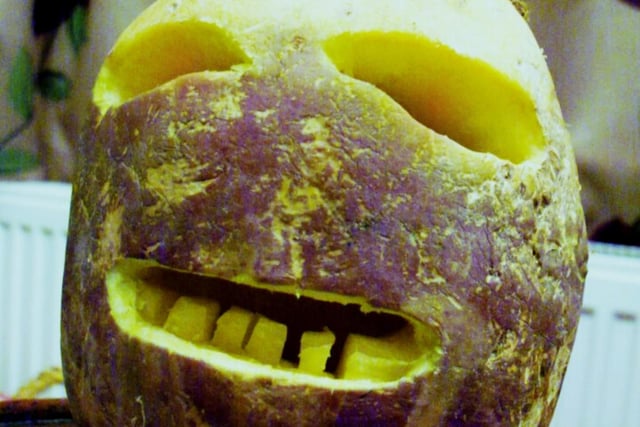
6. Turnips with teeth
Unlike your usual pumpkin which has a zig-zag carve to resemble pointy teeth, it takes a lot more effort to craft this on a turnip due to the tough flesh, but since the shape already resembles a skull a few little teeth add a lot to its spooky value. Photo: Bodrugan via Wikimedia Commons
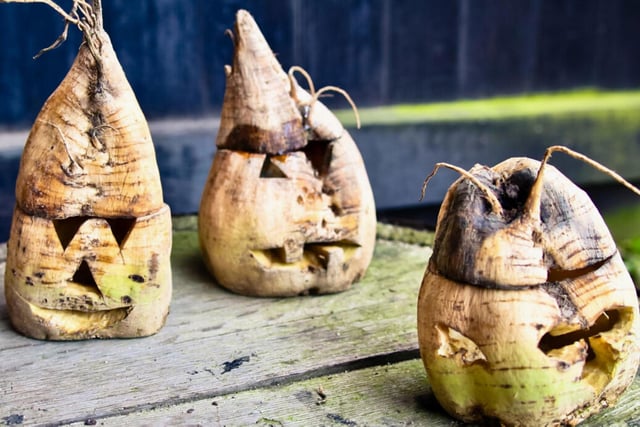
7. Elf-like turnips
If you have a handful of wee turnips rather than a big one then worry not, with a bit of carving effort your mini hoard of ominous turnips can look far more chilling than one turnip sitting on its own. Photo: ANNE PETERSEN via Flickr
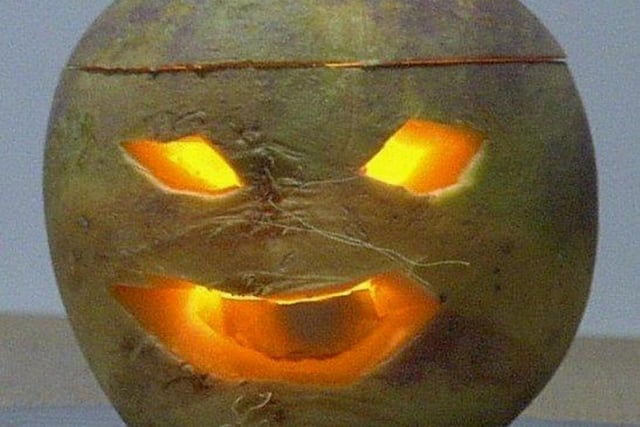
8. Lit up turnips
If you thought the turnips in this list looked creepy enough already then prepare to crank up that creepy dial after you've placed your candle inside it, the flickering light is the perfect finishing touch on your carved monstrosity. Photo: Submitted
